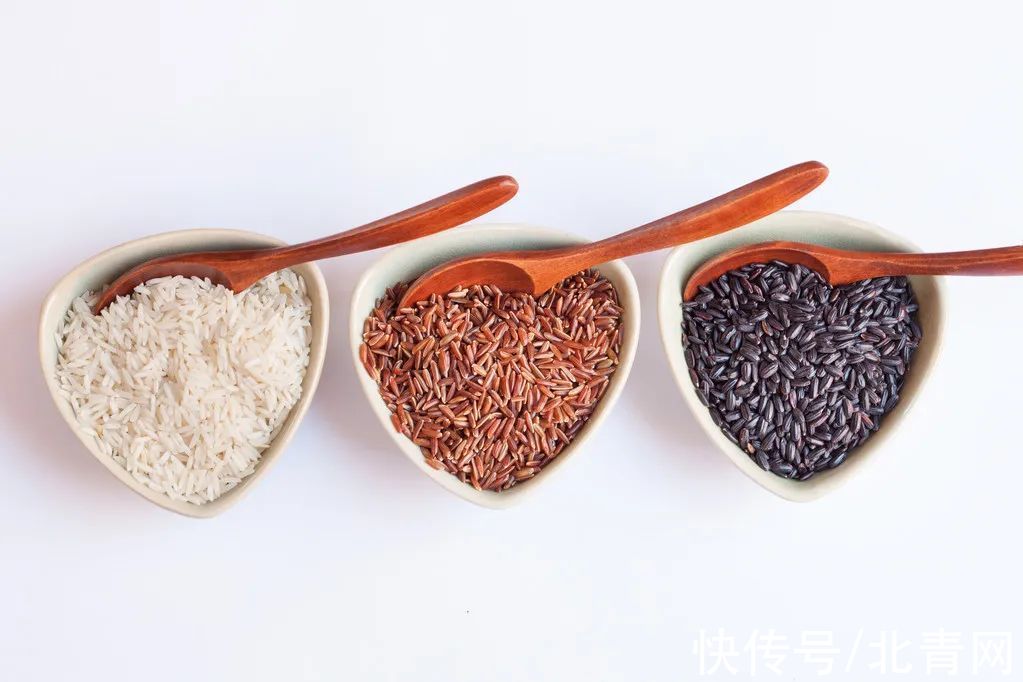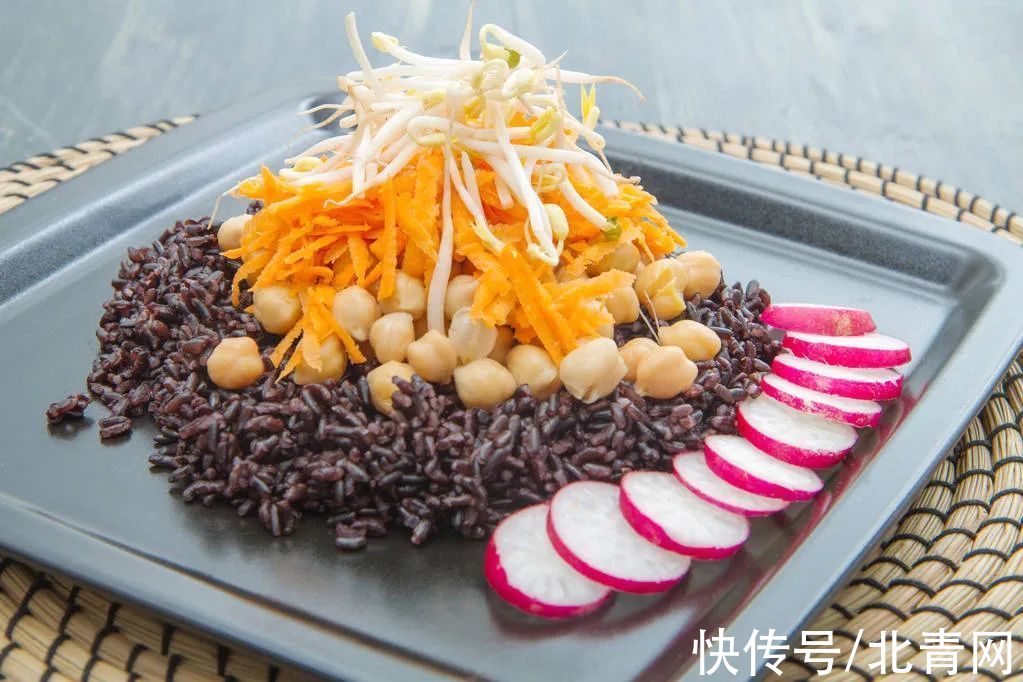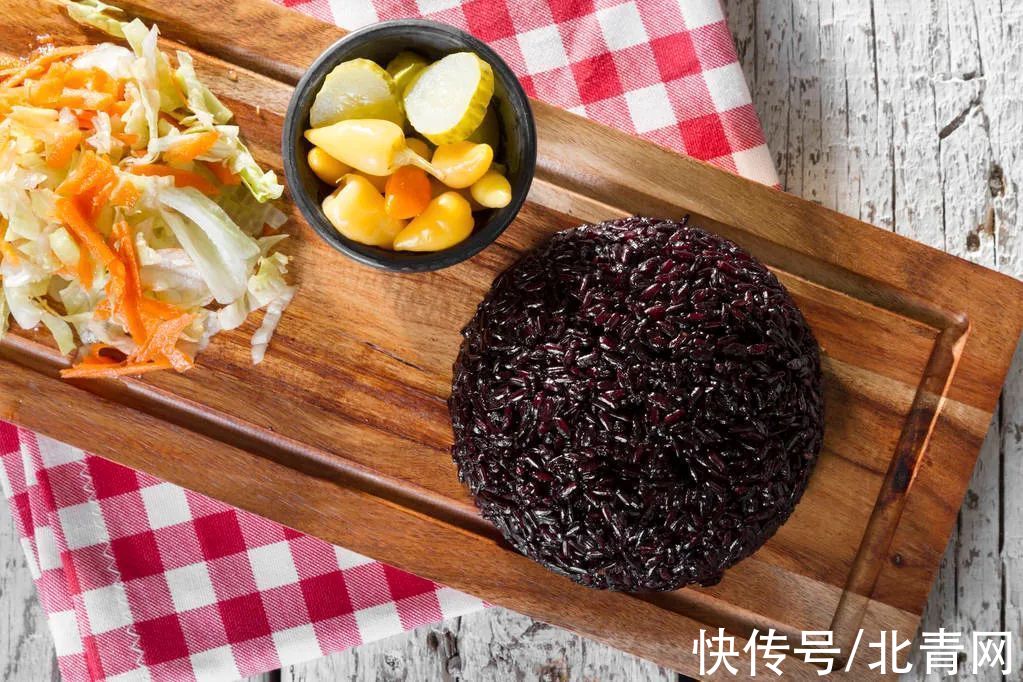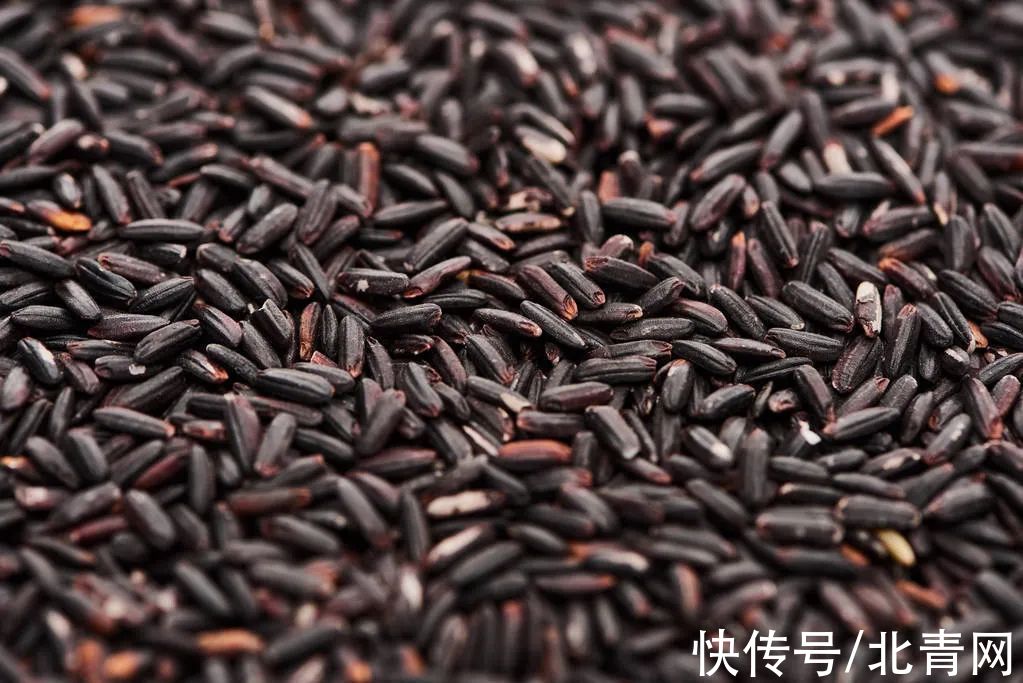I’m tired of steamed bread and rice, so it’s better to replace the staple food with it! Laxative, kidney and spleen and stomach, try it now Original Family Doctor Health Daily Push Health Daily Push
Nowadays, there are too many people who pay attention to health care. Affected by this, any food with a “black” in its name immediately doubles in value, and black rice is one of them.
Compared with rice, the price of black rice is extraordinarily high. On a shopping website, 0.5 kg (1 jin) of black rice sells for 15 yuan, which is three or four times that of ordinary rice. According to the store owner, black rice not only tastes soft and glutinous, but also has low calories. It is a good meal replacement for people who lose weight. In addition, it can also resist aging and control blood pressure. sounds good! Is it really worth buying?
Why is black rice so black? Before introducing black rice, we must first understand the basic structure of rice – the outermost layer is the husk, the inner layer is the husk, which wraps the aleurone layer, and the innermost layer is the germ and endosperm. The color of the husk of black rice is black, hence the name, it is a kind of rice variety with darker color.

In my country, black rice has a long history of planting. According to legend, it was discovered by Zhang Qian, the pioneer of the “Silk Road”, in Yangxian County, Shaanxi Province, during the Western Han Dynasty more than 2,000 years ago. Later, Zhang Qian presented it as a tribute to Emperor Wu of the Han Dynasty. The emperor loves this thing like a treasure, and he must eat it every morning and evening. Therefore, black rice is also known as “black pearl” and “Gongmi”. Traditional Chinese medicine believes that black rice has the functions of nourishing yin and kidney, nourishing qi and promoting blood circulation, invigorating the spleen and appetizing, nourishing the liver and improving eyesight. It is also very suitable to eat at this time.

Nutrition believes that the most unique feature of black rice is that the husk contains a lot of anthocyanins. Studies have shown that the content of anthocyanins in every 100 grams (ie 2 taels) of black rice is 675 mg, and the anthocyanins in the husk are as high as 2.651%. Anthocyanins are a kind of healthy functional pigments with strong antioxidant activity and anti-inflammatory properties, especially for preventing and improving diseases related to glucose and lipid metabolism disorders.

In recent years, it has also been found that anthocyanins have good biological activities in vision, reproduction, intestinal health, cancer prevention, etc. Generally speaking, the darker the husk, the higher the anthocyanin content. Therefore, they are all colored rice varieties, and the anthocyanin content of black rice is generally higher than that of purple rice and red rice.
Black rice is really nutritious, much stronger than polished white rice. Black rice belongs to brown rice. It has not been refined and retains more nutrients. First of all, the husk of black rice is rich in dietary fiber, which is why it is difficult to boil. High dietary fiber content is beneficial for improving gut health and increasing satiety for weight control.

Secondly, the content of vitamins, minerals and lipids in black rice is also very prominent. These ingredients are mainly concentrated in the husk, aleurone layer and germ, while the polished white rice we often eat, after grinding, only the endosperm is left, and the nutrition loss is very large. However, because black rice will increase the digestive burden and cause discomfort such as abdominal distension, it is not suitable for people with poor gastrointestinal function to eat too much black rice.
In the cooking of black rice, it is generally recommended to soak it first and then cook it to reduce nutrient loss. Black rice has grain skin and absorbs water slowly. It is recommended to soak it for 2 to 3 hours before cooking, which can reduce the heating time. Otherwise, some nutrients will be lost due to too long heating time. The soaking water does not need to be replaced, it can be cooked directly. If it is black rice that has been peeled, it absorbs water relatively quickly, and it is easily boiled. Generally, it does not need to be soaked in advance, and it can be cooked like normal rice. Finally, let’s talk about how to distinguish dyed black rice-
Dyeing black rice, so to distinguish first, smash the black rice to see the color of the rice grains. If the endosperm is white, it is generally black rice; if the endosperm layer or even the entire rice grain is black, it can basically be judged to be dyed.

Second, wash and add some white vinegar. For real black rice, the color of anthocyanins will spread evenly and dissolve in the water, and the red-purple rice-washing water will turn red after adding white vinegar, and turn blue after adding baking soda. If the rice-washing water appears to be grainy, it may be dyed black rice. The pictures in this article are all from Yitu.com.
-Original production by the New Media Center of “Chinese Family Doctor” Magazine –